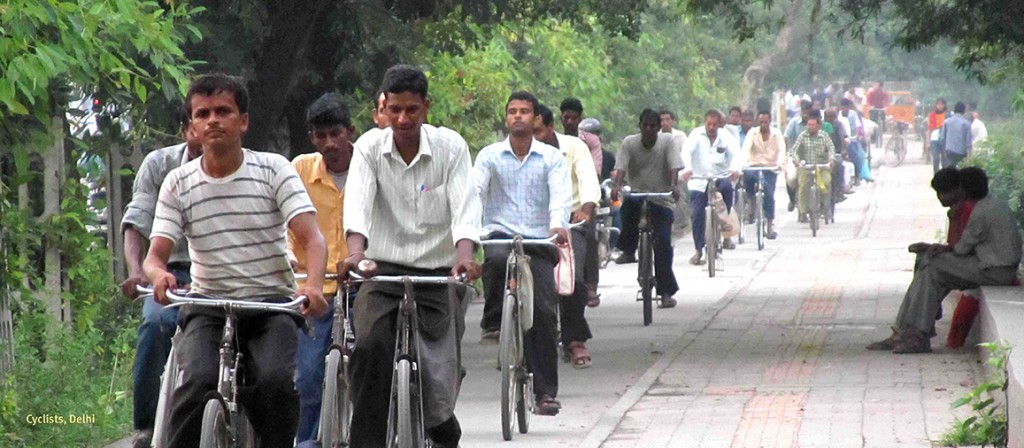ITDP brings you a monthly digest of sustainable transport and urban development news from around the world. From Delhi’s policy aimed at improving cycling infrastructure to London’s strategy to prioritise cyclists at intersections, this month’s InFocus looks at the different components that contribute to creating cyclist-friendly cities.
“Today, even for 1-2 km we are forced to use motorbikes or cars… Therefore, promotion of cycling and pedestrian infrastructure is vital to reduce pollution as well as congestion.”
– LG Najeeb Jung, Delhi
Delhi adopts cycling policy to provide last-mile connectivity
In a bid to decongest the city and improve access to public transport, Delhi has adopted a cycling policy that will enable implementation of 100 km of shaded cycle tracks and pedestrian walkways. It also envisions the creation of a cycle sharing system with 2,500 cycles and 180 cycle stations spread over a 30 sq km of area of Dwarka. Times of India reports.
New York employs smart street design to build cycle lanes and reduce traffic delays
Adding cycling infrastructure doesn’t mean that traffic has to come to a stand still. To illustrate this, Citylab reports on how smart street design interventions like reduced lane widths, buffer areas, and dedicated bus lanes not only make streets safer, but also improve speeds.
London tests out new signal systems that prioritise cyclists
To reduce delays for cyclists, Transport for London has developed a new cyclist detection system that uses radar and thermal cameras. Traffic lights will be adjusted to enable cyclists to pass through junctions faster. BBCLondon reports.










